Dogecoin Community Exploration
Discover the deeper value of dogecoin and the latest developments of dogecoin whales.
-
Jan / 01
-

- SpaceX launches two next-generation Earth observation satellites
- Jan 01, 1970 at 08:00 am Richard Angle
- SpaceX launched two Earth observation satellites into Sun-synchronous orbit, marking the first of six planned replacements for older satellites and the 20th launch for Falcon 9's Booster 1061. The satellites, built by Maxar Technologies, will provide enhanced global coverage with access to multiple orbit types. Notably, Booster 1061 performed a successful boost backburn and touchdown due to the lightweight payload, and the second stage featured a "stubby nozzle" for optimized performance. SpaceX also utilized flight-proven fairings despite the sensitive optics of the payloads, demonstrating continued advancements in fairing refurbishment.
-

- SpaceX to launch a swarm of US reconnaissance satellites next month
- Jan 01, 1970 at 08:00 am Alfonso Maruccia
- SpaceX is reportedly collaborating with Northrop Grumman to launch a fleet of advanced spy satellites into low-earth orbit under a $1.8 billion contract with the National Reconnaissance Office. The constellation, consisting of "hundreds" of satellites, will provide high-resolution imagery of Earth's surface, potentially replacing drones and reconnaissance aircraft for surveillance tasks. The first batch of satellites is expected to launch next month from Vandenberg Space Force Base in California.
-
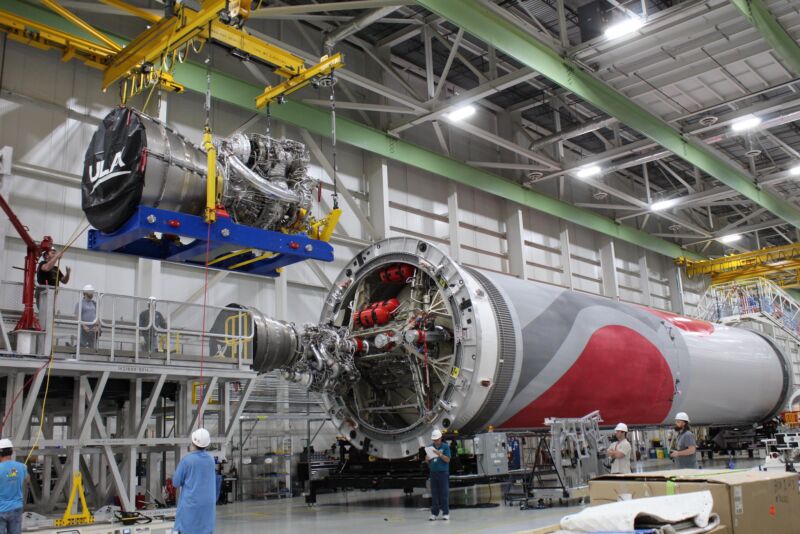
- SpaceX launches Starlink satellites on company's 40th mission of 2024 (video)
- Jan 01, 1970 at 08:00 am Mike Wall
- SpaceX successfully launched its 40th mission of the year today (April 18) at 6:40 p.m. ET. A Falcon 9 rocket carrying 23 Starlink internet satellites lifted off from Cape Canaveral Space Force Station in Florida, with the first stage returning to Earth for a vertical landing on the droneship A Shortfall of Gravitas.
-
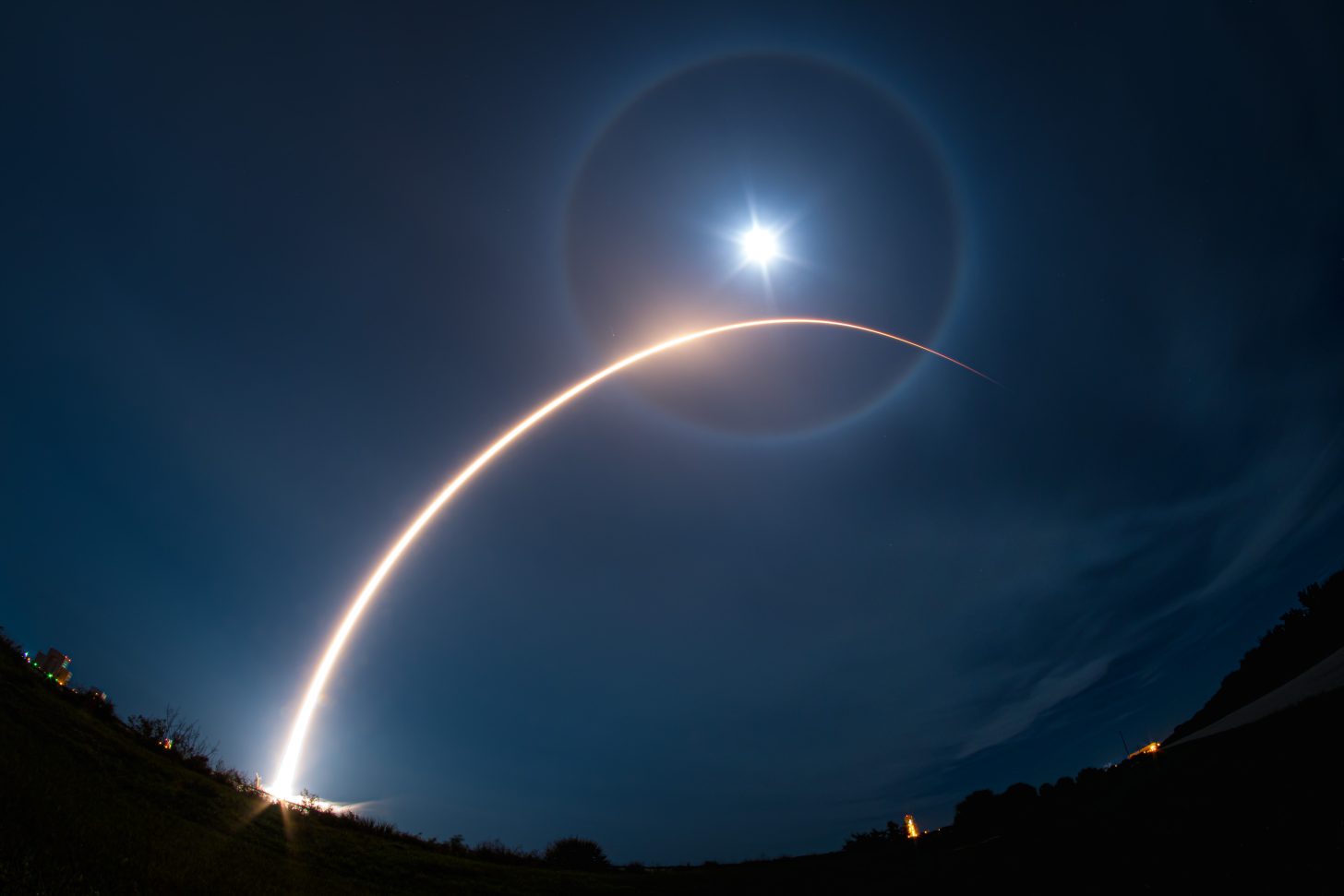
- SpaceX has sent 6,000 Starlink satellites to orbit with latest Falcon 9 launch
- Jan 01, 1970 at 08:00 am Richard Angle
- SpaceX successfully launched another batch of Starlink satellites into orbit via Falcon 9, adding to its growing constellation. This launch, following Starship's 3rd test flight, took place at Kennedy Space Center in Florida. After two previous scrubbed attempts, SpaceX made necessary repairs and achieved a successful launch.
-
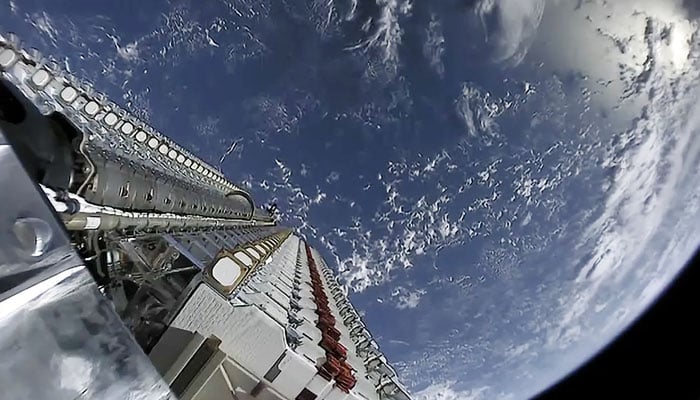
- Elon Musk's SpaceX tweets for first time using Starlink's Direct-to-Cell satellite
- Jan 01, 1970 at 08:00 am Web Desk
- Elon Musk's SpaceX plans to expand Starlink's Direct-to-Cell service, allowing users to send tweets from space via satellite for the first time. With 60 Starlink satellites launched in May 2019, the company aims to provide global cell phone coverage. This innovative initiative marks a significant milestone in SpaceX's mission to revolutionize communication technology.
-
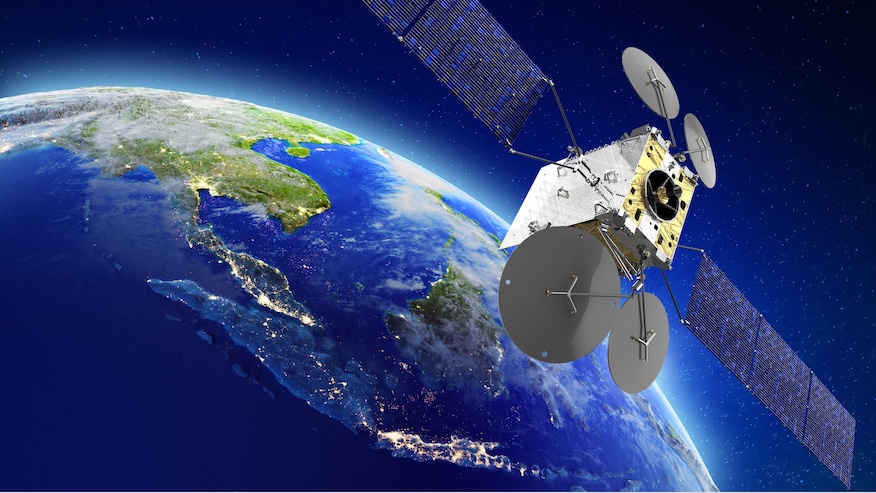
- SpaceX launches Indonesian satellite on a Falcon 9 rocket from Cape Canaveral
- Jan 01, 1970 at 08:00 am Will Robinson-Smith
- An Indonesian communications satellite, Telkomsat HTS 113BT, launched by SpaceX Falcon 9 rocket from Cape Canaveral, aiming to boost broadband access.
-

- Elon Musk Makes GEC Pay Doge-1 satellite Rebooking Fee In Dogecoin – Details
- Jan 01, 1970 at 08:00 am Bitcoinist
- Geometric Energy Corporation (GEC), a logistics firm, has paid the rebooking fee for the Doge-1 satellite in Dogecoin (DOGE). The CEO confirmed the payment in a recent X (formerly Twitter) post. The delay in the Doge-1 launch, initially scheduled as a rideshare payload with Intuitive Machines' IM-1 mission, necessitated the rebooking fee.
-
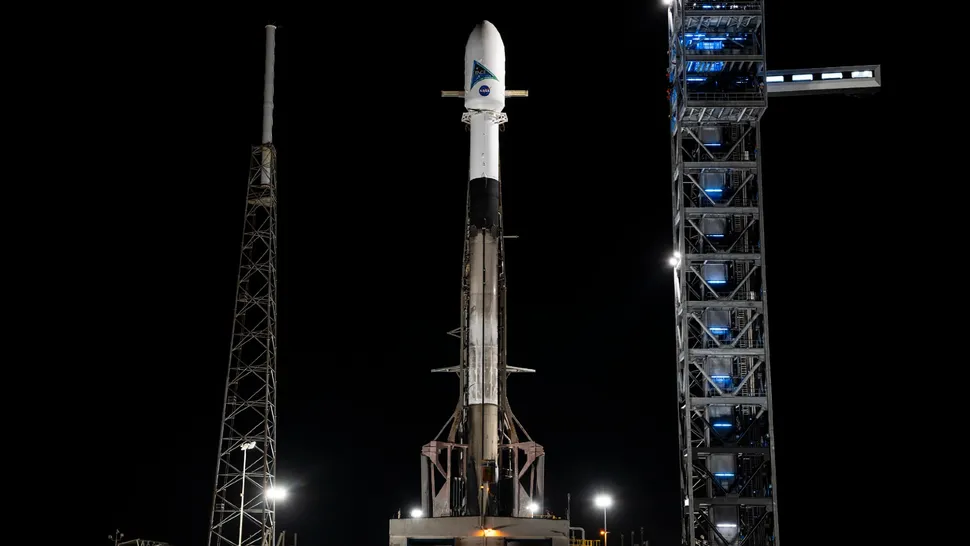
- SpaceX rolls out Falcon 9 rocket to launch NASA's ocean-studying PACE satellite on Feb. 7 (photos)
- Jan 01, 1970 at 08:00 am Robert Lea
- NASA's PACE mission aims to unravel the intricate interactions between ocean life, the atmosphere, and Earth's climate. The satellite's launch from Cape Canaveral on a SpaceX Falcon 9 rocket will provide unparalleled insights into tiny organisms called phytoplankton and aerosols, shedding light on their impact on cloud formation, weather patterns, and global climate stability.
-

- How satellites Are Becoming the New Cellphone Towers Larger antennas and better beamforming are routing calls through orbit
- Jan 01, 1970 at 08:00 am LUCAS LAURSEN
- Starlink's recent advancement allows text messaging between mobile phones via its v2mini satellites using 4G/LTE connections, marking a milestone in satellite-cellular convergence. Aiming for seamless integration, companies are overcoming challenges by enlarging satellite antennas, deploying them in low Earth orbit, and using advanced beamforming techniques to connect with mobile phones. Starlink plans to expand its services to include voice and data in the future, demonstrating the growing convergence between satellites and cellular networks.
-
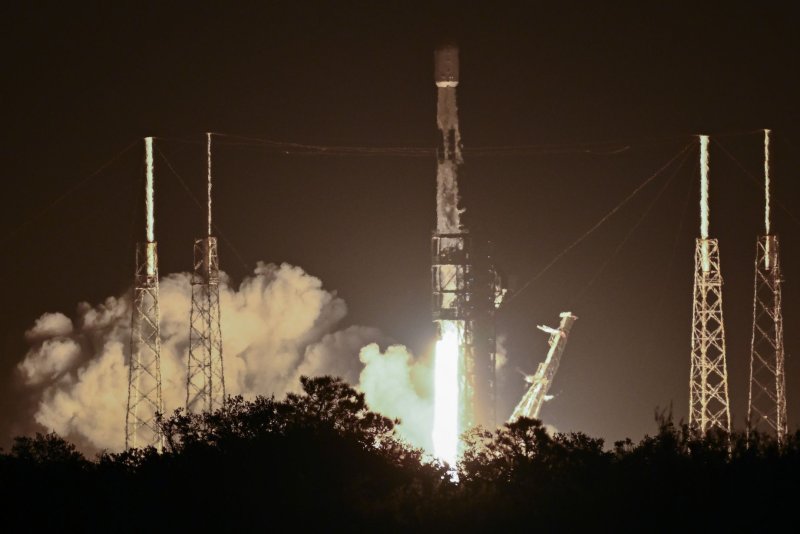
- SpaceX launches two batches of Starlink satellites
- Jan 01, 1970 at 08:00 am Mark Moran & Darryl Coote
- SpaceX successfully launched two batches of Starlink satellites on Sunday, with the first mission taking place at Cape Canaveral Space Force Station in Florida, followed by the second from the California coast. These launches added a total of 45 Starlink satellites to SpaceX's constellation, which now consists of over 5,000 orbitals in low-Earth orbit. These satellites provide high-speed, low-latency internet access worldwide. The company continues to expand its network, launching more and more Starlink satellites in batches to meet the growing demand for reliable internet connectivity.
-
Select Currency

US Dollar
USD

Chinese Yuan
CNY

Japanese Yen
JPY

South Korean Won
KRW

New Taiwan Dollar
TWD

Canadian Dollar
CAD

Euro
EUR

Pound Sterling
GBP

Danish Krone
DKK

Hong Kong Dollar
HKD

Australian Dollar
AUD

Brazilian Real
BRL

Swiss Franc
CHF

Chilean Peso
CLP

Czech Koruna KČ
CZK

Singapore Dollar
SGD

Indian Rupee
INR

Saudi Riyal
SAR

Vietnamese Dong
VND

Thai Baht
THB
Select Currency
-

US Dollar
USD-$

-

Chinese Yuan
CNY-¥

-

Japanese Yen
JPY-¥

-

South Korean Won
KRW -₩

-

New Taiwan Dollar
TWD-NT$

-

Canadian Dollar
CAD-$

-

Euro
EUR - €

-

Pound Sterling
GBP-£

-

Danish Krone
DKK-KR

-

Hong Kong Dollar
HKD- $

-

Australian Dollar
AUD-$

-

Brazilian Real
BRL -R$

-

Swiss Franc
CHF -FR

-

Chilean Peso
CLP-$

-

Czech Koruna KČ
CZK -KČ

-

Singapore Dollar
SGD-S$

-

Indian Rupee
INR -₹

-

Saudi Riyal
SAR -SAR

-

Vietnamese Dong
VND-₫

-

Thai Baht
THB -฿

